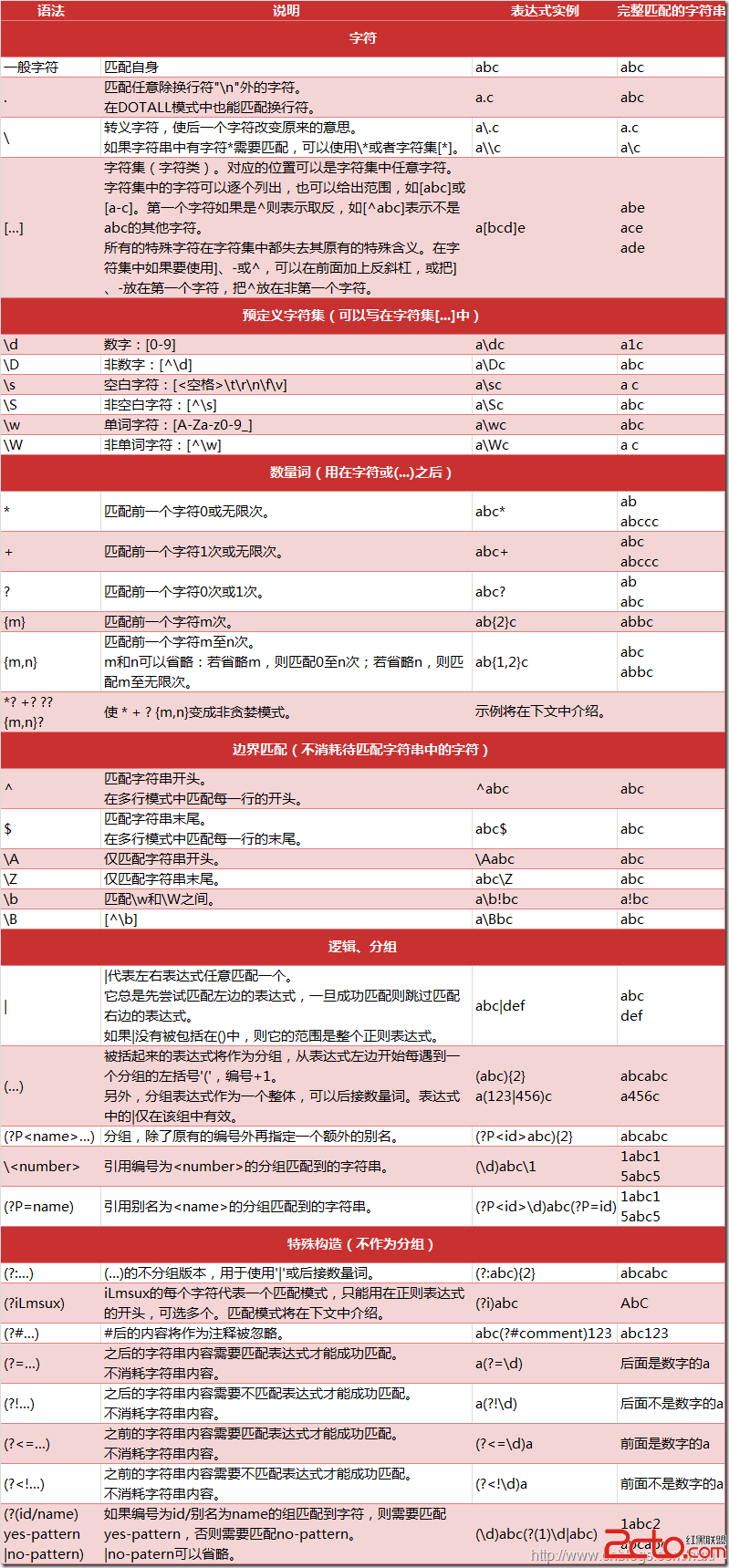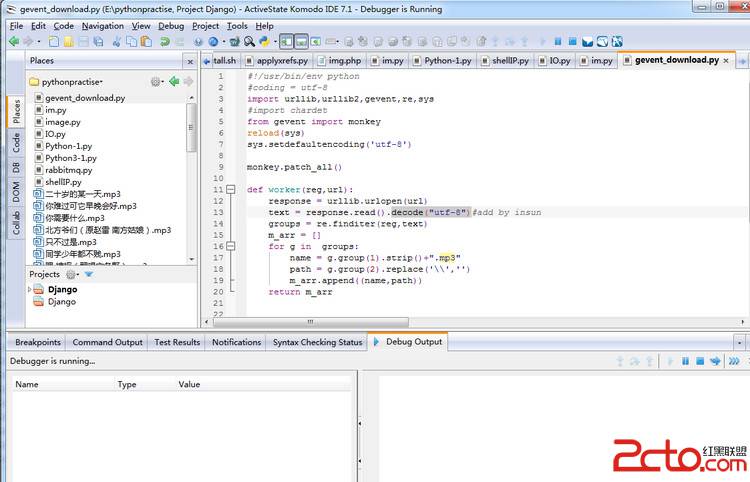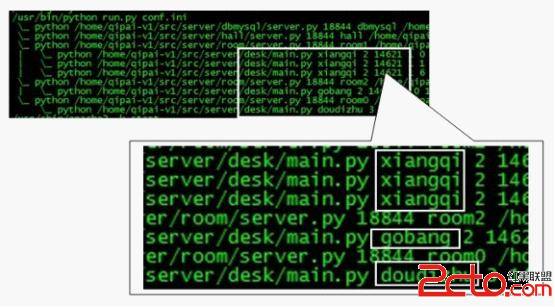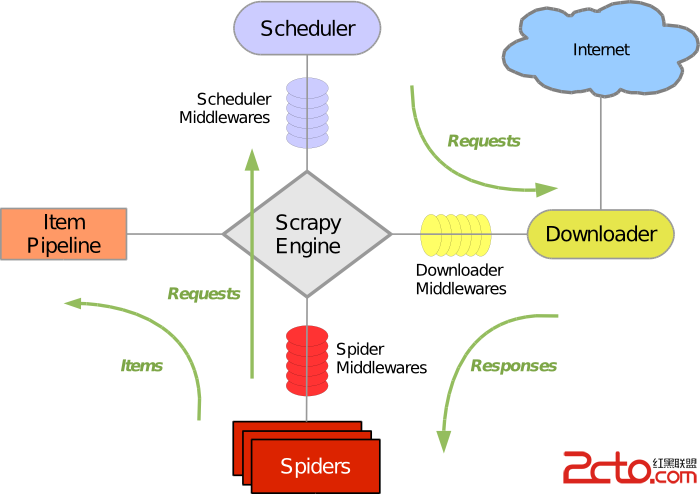Python 时间常用函数及结构
class time.struct_time 定义
The type of the time value sequence returned by gmtime(), localtime(), and strptime(). It is an object with a named tuple inte易做图ce: values can be accessed by index and by attribute name. The following values are present:
Index | Attribute Values
---------------------------------------------------------------------
0 | tm_year (for example, 1993)
1 | tm_mon range [1, 12]
2 | tm_mday range [1, 31]
3 | tm_hour range [0, 23]
4 | tm_min range [0, 59]
5 | tm_sec range [0, 61]; see (2) in strftime() description
6 | tm_wday range [0, 6], Monday is 0
7 | tm_yday range [1, 366]
8 | tm_isdst 0, 1 or -1; see below
N/A | tm_zone abbreviation of timezone name
N/A | tm_gmtoff offset east of UTC in seconds
---------------------------------------------------------------------
time.time()
Return the time in seconds since the epoch as a floating point number
time.gmtime([secs]) 0时区的时间
Convert a time expressed in seconds since the epoch to a struct_time in UTC in which the dst flag is always zero. If secs is not provided or None, the current time as returned by time() is used. Fractions of a second are ignored.
time.localtime([secs]) 本地时间
Like gmtime() but converts to local time. If secs is not provided or None, the current time as returned by time() is used. The dst flag is set to 1 when DST applies to the given time.
time.mktime(t) 与localtime()的功能恰好相反
This is the inverse function of localtime()
time.sleep(secs)
Suspend execution for the given number of seconds
time.strftime(format[, t])
Convert a tuple or struct_time representing a time as returned by gmtime() or localtime() to a string as specified by the format argument. If t is not provided, the current time as returned by localtime() is used. format must be a string. ValueError is raised if any field in t is outside of the allowed range.
Directive Meaning
Notes
------------------------------------------------------------------------
%a Locale’s abbreviated weekday name.
%A Locale’s full weekday name.
%b Locale’s abbreviated month name.
%B Locale’s full month name.
%c Locale’s appropriate date and time representation.
%d Day of the month as a decimal number [01,31].
%H Hour (24-hour clock) as a decimal number [00,23].
%I Hour (12-hour clock) as a decimal number [01,12].
%j Day of the year as a decimal number [001,366].
%m Month as a decimal number [01,12].
%M Minute as a decimal number [00,59].
%p Locale’s equivalent of either AM or PM.
(1)
%S Second as a decimal number [00,61]. (2)
%U Week number of the year (Sunday as the first day of the week) as a decimal number [00,53]. All days in a new year preceding the first Sunday are considered to be in week 0.
(3)
%w Weekday as a decimal number [0(Sunday),6].
%W Week number of the year (Monday as the first day of the week) as a decimal number [00,53]. All days in a new year preceding the first Monday are considered to be in week 0.
(3)
%x Locale’s appropriate date representation.
%X Locale’s appropriate time representation.
%y Year without century as a decimal number [00,99].
%Y Year with century as a decimal number.
%z Time zone offset indicating a positive or negative time difference from UTC/GMT of the form +HHMM or -HHMM, where H represents decimal hour digits and M represents decimal minute digits [-23:59, +23:59].
%Z Time zone name (no characters if no time zone exists).
%% A literal '%' character.
---------------------------------------------------------------------------
time.ctime()
返回固定格式的本地时间
补充:Web开发 , Python ,




